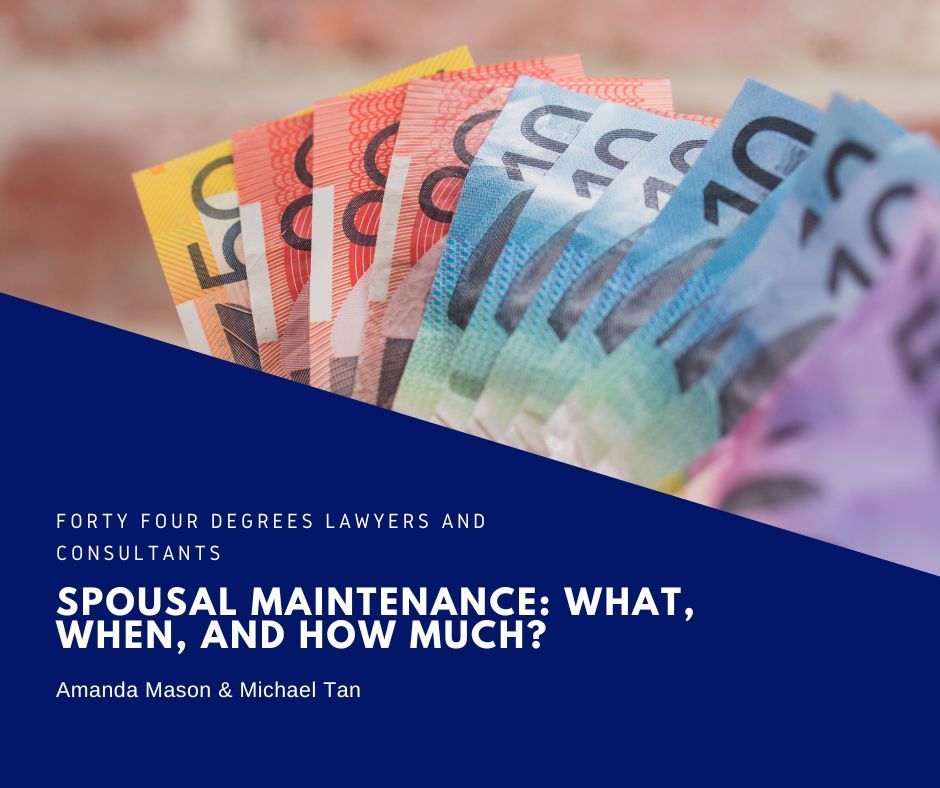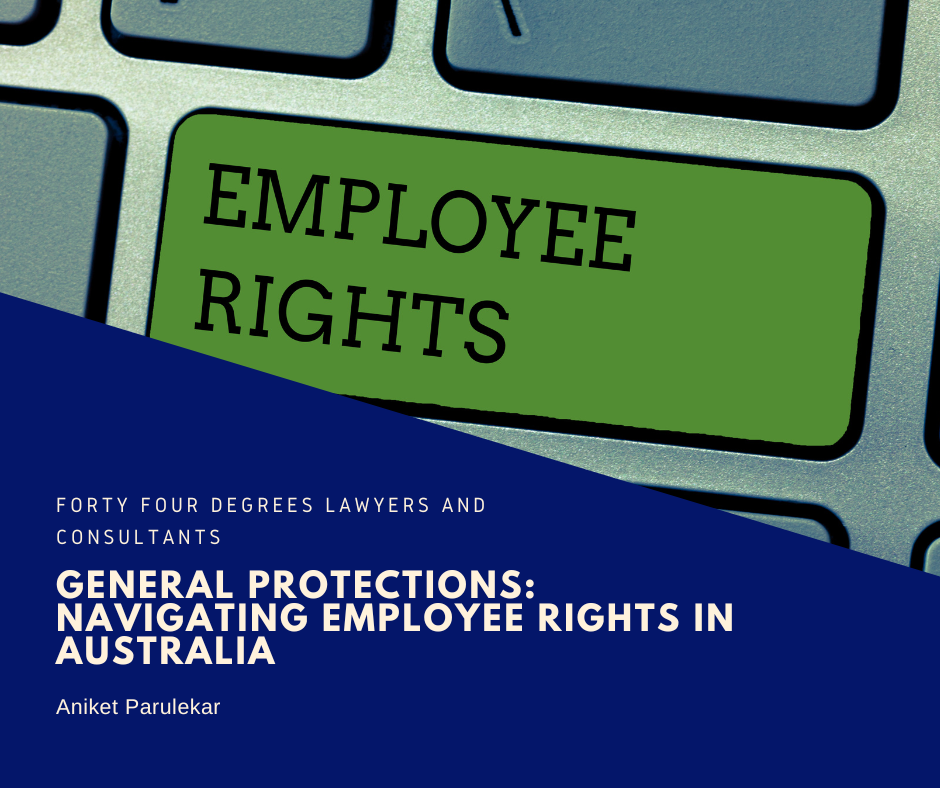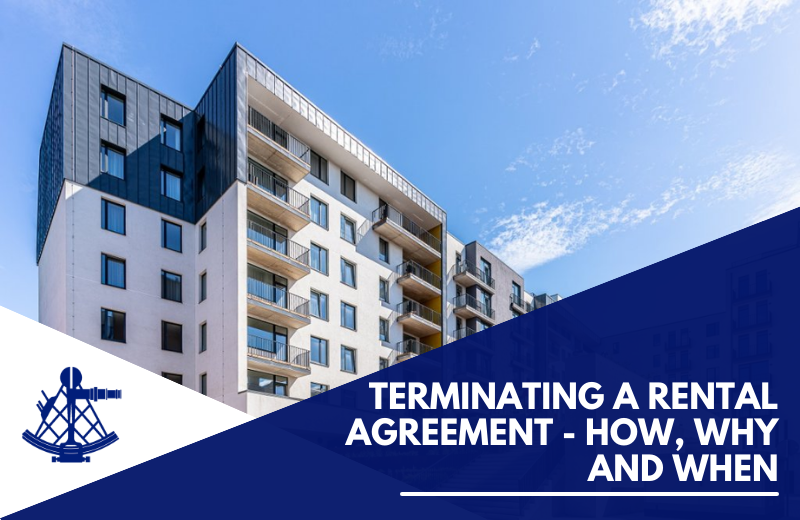Labour Hire Agreements
Henry McMenomy & Senada Suljagic • Oct 18, 2021
Conversations with an accountant

We caught up with Senada Suljagic, accountant extraordinaire, to discuss some accounting and tax issues faced by employers considering labour hire agreements.
Where did we start?
With the money, of course.
How do we calculate the true cost of wages?
First, we suggest you look at the hourly rate of the employees. You can do this by looking at each employee, or just looking at the average (whether based on the award rate for that employee group or not). When doing so, we suggest you take into account the superannuation component. As of 1 July 2021, the employer superannuation guarantee has increased from 9.5% to 10%.
It is also important to consider the costs of payroll tax, if it applies to you, and Workcover premiums to determine the true hourly cost of wages.
During the 2022 financial year, employers who pay more than $700,000 in yearly wages, or $58,333 in monthly wages will incur a payroll tax of 4.85%. Regional Victorian employers will pay a reduced rate of 1.2125%.
From 1 January 2022, Victorian employers that pay taxable wages in excess of $10M annually, or $833,333 monthly, will also incur an additional mental health and wellbeing surcharge.
Besides good business hygiene, why should we be aware of the true cost of wages?
Labour hire companies will also calculate the true costs of their employees’ wages and factor this into the rates they charge businesses for their workers. Employers that are considering labour hire arrangements should be aware of the true cost of their own employees so that they can diligently assess the value of the labour hire agency in question.
What is a labour hire agreement?
Under a labour hire agreement, a labour hire company will employ workers and ‘on-hire’ them to work for a host company. For more information see the Labour Hire Licensing Act 2018 (Vic). Under such an agreement, the labour hire company is the worker's employer, even though they are working for a host company.
In a labour hire agreement, the labour hire agency will pay its employees’ wages and entitlements, while the host company will pay the labour hire agency. Often, the labour hire agency will also charge a commission or finder’s fee.
A labour hire agreement can exist even where there is no contract between the worker and their host company. Sometimes a worker will be on-hired to a host company through an intermediary rather than their employer.
In many cases it will be obvious that a labour hire arrangement is in place. Sometimes identifying a labour hire arrangement can be more complicated and will require consideration of factors such as:
• Whether the work is being performed for a host company;• Whether the worker is being managed, directed or supervised by the host company;• Whether the work being performed is a key function of the host company;• Whether the work is similar to that of the host company’s standard employees; and• Whether the work being performed is specialised.
If you are unsure whether a work arrangement is a labour hire agreement, you should seek legal advice.
What are some general points to consider about labour hire agreements?
1. Employers considering labour hire agreements should ensure the labour hire agency holds their own public liability insurance and regularly obtain copies of the Professional Indemnity certificate of currency.
2. In addition, employers should ensure that they review the labour hire agency’s WorkCover certificate of currency.
3. Finally, employers should make sure that the labour hire agency pays their employees their super, and maintains their WorkCover and payroll tax obligations. These terms should form part of your agreement with the labour hire agency.
Once you have decided to use labour hire, what is the first step?
You will need to complete a full audit of your current staff set up. Make sure that your management software takes into account all of your staff’s leave balances and other entitlements.
You also need to be aware of the terms of your current employee’s employment agreements if those agreements are to be terminated due to a restructure or a shift to the labour hire method.
After reviewing your current employment costs and needs, you evaluate what changes you are looking to introduce with a labour hire arrangement. You should ensure any changes to your existing workforce are made in accordance with any relevant labour laws and employment contracts, and that you minimise any risk that the labour hire staff may be considered ‘employees’. This is a complex area of law, and you should seek legal advice.
The next step is to evaluate which labour hire agency is best suited to your needs.
When choosing a labour hire agency, what should I ask them about how they manage staff?
Host employers should ask labour hire agencies about their on-boarding processes for both existing and new staff. It is important that the labour hire agency is responsible for obtaining and safely maintaining all of their employees’ documentation.
Host employers should also discuss the visa conditions of the labour hire agency’s staff and ensure that any conditions are compatible with the work.
What will be the worker’s net pay? Will it be more or less than their current pay? You should ensure the labour hire agency is at least paying its employees the minimum award rate.
What timesheet system will be used? It is important that you are able to delineate between projects. How is the timesheet information used and what is the review process for timesheets before they go to the labour hire agency for payment?
Host employers should also consider whether there will be any compatibility issues between their own timesheet systems and that of the labour hire agency.
You should ask about their policies for vetting and evaluating workers. A good labour hire agency will ensure their workers have received the appropriate OH&S training and credible industry experience.
Finally, you should ensure there is a good line of communication with the labour hire agency so that feedback can be provided, and the labour hire arrangement is a good fit for both the host employer and the worker.
What should I include in my contract?
After you have decided on a labour hire agency, it is important that you review the labour hire contract to ensure it meets all of your business needs.
To help with cashflow, we recommend that you align your payments to the labour hire agency with your payments from your customers.
If you think you might want to restructure or take on new investors in the future, make sure your contract includes an assignment clause, allowing the rights to be assigned with notice provided to the other party. You should also be aware of any equivalent clauses benefitting the other party.
Make it clear to the labour hire agency that they are responsible for the payment of WorkCover premiums and payroll tax. Both host companies and labour hire employers have a duty of care to provide a safe workplace, but host employers should ensure that the labour hire agency is covering the insurance premiums.
You should also review any restrictions imposed on your business by the contract. For example, it is common for labour hire agencies to include a clause preventing you from directly hiring their workers.
Having a legally and commercially sound labour hire contract is the key to a safe and efficient labour hire relationship.
Forty Four Degrees is here to help you navigate the difficulties of effectively implementing a labour hire agreement into your workforce. You may wish to obtain legal advice on:
• How to implement changes to your existing workforce in a legally sound manner;
• Reviewing potential labour hire contracts and negotiating for terms that meet your business needs; and
• Any other employment law issues you might have.
Henry McMenomy
is a lawyer at Forty Four Degrees.
Contact Us
We’re an Australian Law Firm promoting a nuanced, personal touch. We have the skills you need to resolve your case quickly and with a positive outcome. Our straight talking team stays close to simplify what is most often a complicated process. We help individuals and businesses with technology and startup law, property law including conveyancing and leasing, commercial law, civil litigation, wills, estates, bankruptcy, insolvency, criminal law, and professionals facing investigations and charges from their regulatory body.
We have a connected network of talented lawyers in Melbourne CBD, Dandenong, Ballarat, and Ivanhoe East.
Fill out the form or call us on 1300 892 237.
Thank you for contacting us.
We will get back to you as soon as possible
We will get back to you as soon as possible
Oops, there was an error sending your message.
Please try again later or call us on 1300 892 237.
About Us
We do business your way.
203/ 50 Market St, Melbourne VIC 3000
50 Lydiard St South
Ballarat Central VIC 3350










